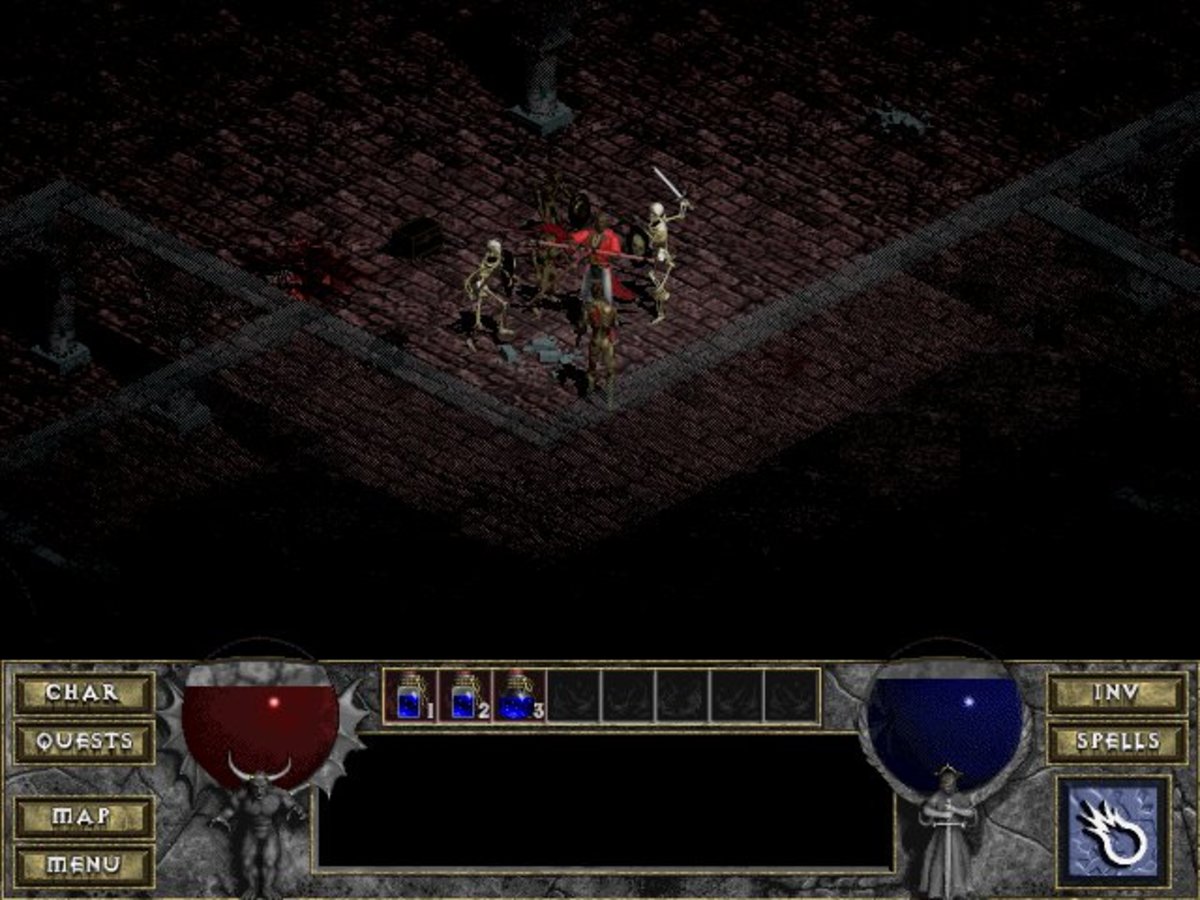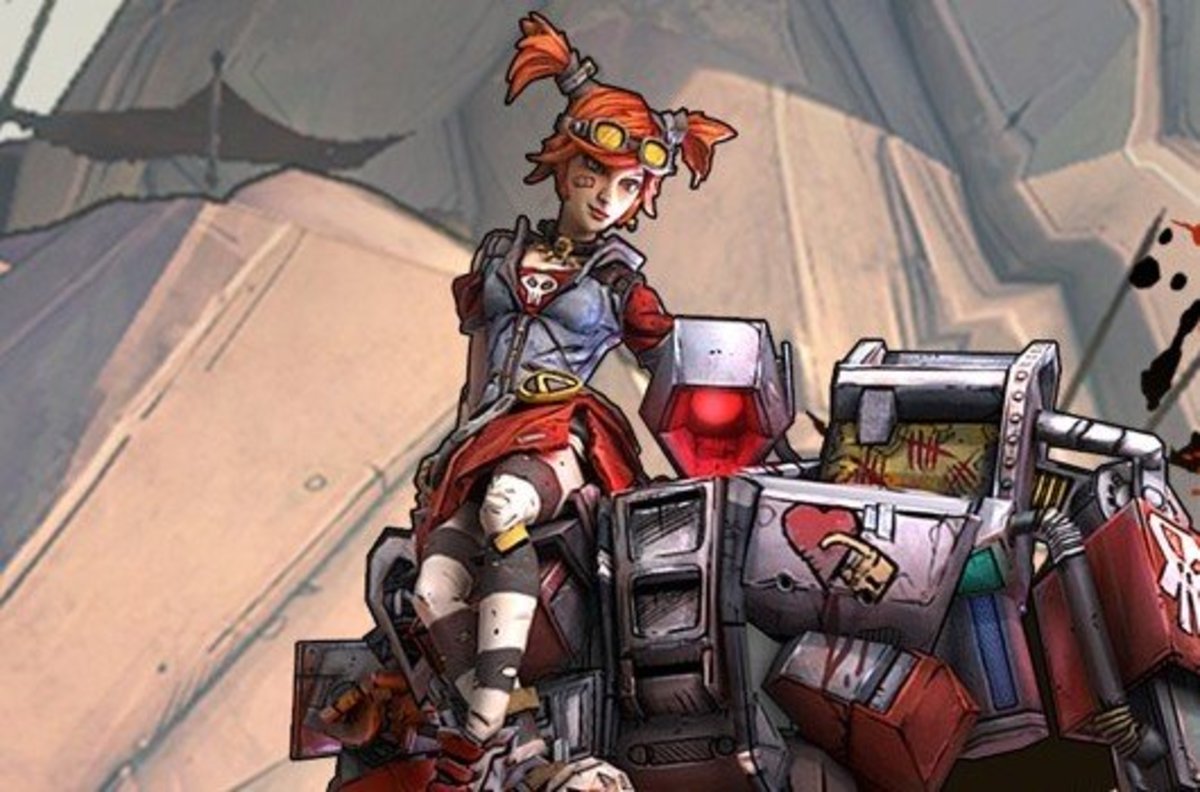Max Payne Review
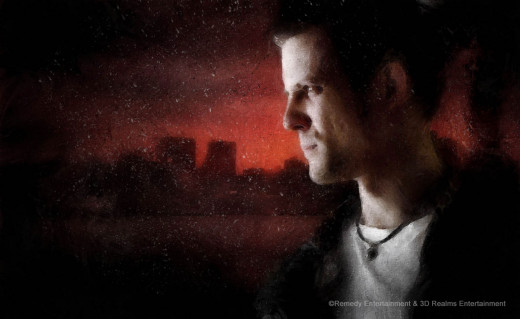
You may notice that the above image matches the image of my avatar. It doesn't take Sherlock Holmes to figure out that I'm a fan of the Max Payne games. You already know my stance, so you could stop reading now, but I want to encourage you to stick around and find out what it is I love about this game so much. My next couple articles will be tackling all things Max Payne and today I'll be starting with the game that started it all.
Background
Max Payne is a 2001 TPS (third person shooter) developed by Remedy, a studio based in Finland, but was published by Rockstar. The main character is voiced by the actor James MacCaffery. It was the first game to utilize a bullet time, or slow motion, mechanic found in The Matrix. The game came out for PC and was later ported to the PS2, Xbox and even the Game Boy Advance.
Story

I don't usually pay attention to the stories in games, but I definitely payed attention to this one. The story takes cues from classic film noir and weaves many themes into its narrative. Themes such as loss, organized crime, and revenge all make their way into a twisting story happening all within the seedy underbelly of New York. It starts out with Max Payne coming home to find his house vandalized. He sees a picture of a V shaped syringe spray painted on his walls. When he makes his way up the stairs he finds that his wife and baby have been murdered by junkies. This leads him to switch to the DEA. While on a case about a drug deal, his partner gets murdered, and naturally the blame is on Max. The rest of the story plays out with Max's back against the wall, fighting a losing battle. Often games deliver by the number plots that are easily predictable. One of the reasons I love this game, is this is not the case here. There are plenty of plot twists through the game's 10 or so hour run that cements that this game's story was not an afterthought, but a fully developed piece of the Max Payne puzzle. I'd love to go into detail on the story, but I'm positive that plenty of you haven't played it and I don't want to spoil anything.
It would be a crime not to mention how the story is told. Because of the game's outdated character models (I'll get to that in more detail later) something would have been lost in trying to tell the story with in-game graphics. Max Payne tells nearly the entire story with comics. The comics perfectly fit the tone of the game. The colors are dark and the art style is incredible. Because an artist got to draw the characters rather than being limited by the game engine, the scenes have much more weight and you can tell the emotions people are feeling.
Character
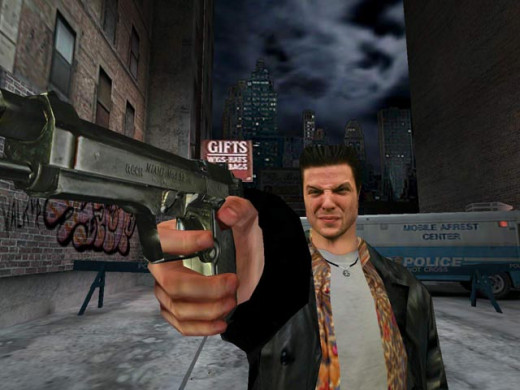
Not only is Max the star of the show in this game, he also happens to be one of the best video game characters of all time. I say one of the best because its the safe thing to say, but if I were to say exactly what I feel, I'd go ahead and say he is the best, period. The reason he works so well, is he's an archetype, not a stereotype. What the writers did was they took the classic "Bogart" type detective and gave him a poetically cynical flavor to the inner musings associated with noir so that his character was unique.This is how you create a character. You take what works and you add you're own creative spin to it. There's very few wholly original characters that are compelling. Most of the characters we enjoy are copies of something else with a different spin. Indiana Jones is just a modern twist on the heroes found in 1940s Adventure serial, which Lucas and Spielberg have no problem admitting. Most writers try and form characters based on the types of personalities found in modern times. This is what I call a stereotype character. By stereotype I don't mean a racial one...I'm simply talking about characters that draw upon cheap, surface qualities and don't do much to expand them. It's the type of character that's instantly recognizable, but doesn't have near the amount of depth of an archetypal character. An example of this type of character is Marcus Fenix from the Gears of War franchise. His defining personality traits are gruffness and anger. That's about as deep as his character goes and it's not hard to see where they drew inspiration for Marcus. It's the same cliched soldier stereotype that we've seen several times before. Archetypes are considered archetypes for a reason. They've stood the test of time. Writers shouldn't feel shame in drawing inspiration from these characters as long as they do something interesting with it. This game does exactly that. It takes something known and does something interesting with it to great effect; and that is why Max Payne is the greatest video game character ever created.
Graphics

This is a game from 2001, so obviously the graphics can't be compared to modern day consoles. However I will say that it's starting to show its age. That isn't the fault of the game because when it came out, it was a great looking game and even on Max settings on a PC, it's by no means ugly. It's just no game looks good after over a decade of graphical improvements. As much as the game was praised in its time for its graphical fidelity, it was always a mixed bag. While the environments look stunning, the character models leave much to be desired. The faces on the enemies, and worse yet on Max himself, look like when you cut out a picture of a person from a magazine and tape it to your head. It has virtually no depth. The body models on the enemies don't fare much better with arms that don't seem quite right and always point in weird angles.
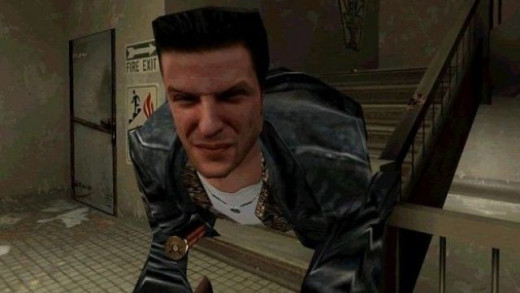
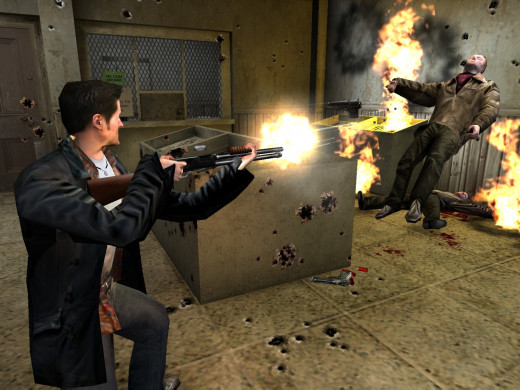
The other side of this mixed bag is the environments. These look fantastic. They were state of the art in 2001 and they hold up well today. This is key because the setting is so important to Max Payne and this game uses all of its graphical power to sell you on the idea that New York is a dirty and disgusting place. There are a lot of details in the environments. Sleazy posters in crack houses, stains on the floor, and many other things that add up to give you the feeling that this is a place that has been lived in. It's also juxtaposed with some of the nicer places Max visits throughout the game. Places which have money. The environments full of grease and grime have been replaced with sterile walls and expensive furniture. The engine renders these places with just as much detail and graphical power.
While as a whole, the game may seem a little dated graphically, if you compare it to other games coming out in the early 2000s and you'll find that it is quite impressive.
Music
I don't have much to say about this category and its not because the music is mediocre or forgettable. Far from it. In fact, the game has a chilling soundtrack that perfectly fits the mood of the game. Musical cues for slower parts as well as the action bits are all well done and the game wouldn't be half as atmospheric without its excellent soundtrack. The reason I don't have much to say about it is because I've always had trouble putting into words why something as abstract as music is good or not. To me, I know when something sounds good to me personally and I leave it at that; And let me tell you...the main theme to the game sounds good. Here, you be the judge.
Gameplay
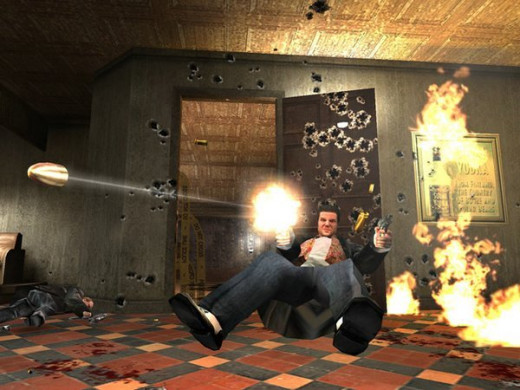
Gameplay is, in my opinion, the most important aspect of any game. You can have the most amazing story filled with incredible characters, but if the gameplay is a boring chore, then you've lost me. I've ranted and raved about all these different aspects about Max Payne, from the story, the character, graphics and music; but it would be all for nothing in my mind if the game didn't deliver on the fun factor. Luckily it did and with flying colors. When I picked this game up when I was in my mid teens, I didn't understand all the details that made the game great. I just thought Max was cool. What kept me coming back was the intense shootouts that felt like they were ripped out of an action movie. You'd be forgiven for thinking that since the Matrix had come out only two years earlier. You see, one of the main mechanics used in this game is what's called "bullet-time". This allows Max to slow down time around him and gain an advantage against the large amounts of enemies he faces. While slowing down time is cool enough, the coolest thing you can do is the shoot dodge. By pressing the appropriate button (depending on which platform you're playing the game) and pointing Max in any direction, it will send him into a dive through the air; In slow motion of course. Not only does it look cool, it serves a solid gameplay function as well. The game can get challenging, especially in the later levels and diving through the air allows you to freely target enemies, while also ensuring you have a spare and valuable couple of seconds where you're not getting shot. Some may think that the whole bullet-time mechanic is just a gimmick, but I promise you it's not. I dare you to try and beat the game without using it once. You won't be able to. When you're dangerously low on health, strategic use of slow motion paired with tactical dives can mean the difference between life and death.
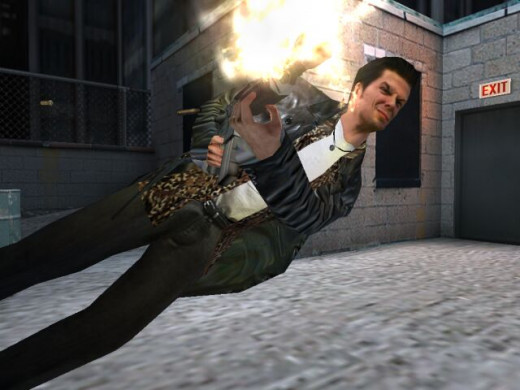
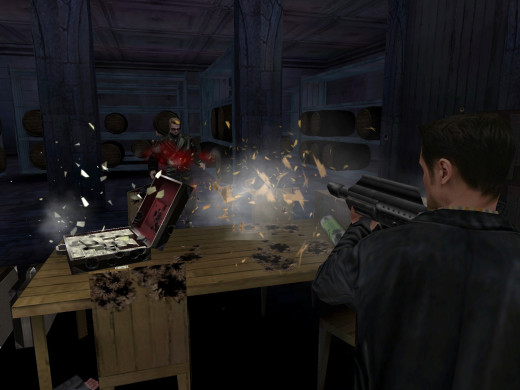
I've talked about the major things concerning gameplay, but there's still more to talk about. This was before the days that rechargeable health became common place so to refill your health meter, you need to find pain killers throughout the level. Rather than a game like Doom where picking up health instantly refills it, painkillers can be picked up and saved even if you have a completely full health bar. This add another level of strategy to the game. You're always thinking about whether you should use the painkiller now or risk death and save them up for a really challenging part.
Earlier when I talked about graphics for the game, I mentioned how much detail was found in the game. It carries over in the gameplay as well. Besides all the interactive objects in the game, the enemies add to the detail. In Quentin Tarantino fashion many of the characters in the game have conversations totally unrelated to anything in the game. This adds a whole lot of realism. If you were in a club filled with criminals who were unaware you were there, you'd hear these bored men talk about baseball or movies, or any number of things; not just the task at hand.
The amount of weapons you get in the game is pretty high. In awesome old school fashion, there's no limit to how many weapons you can carry at any one time. My favorite weapon is the Jackhammer (an automatic shotgun).
The only downside to the gameplay is it shoe-horns in two annoying nightmare sequences that are truly a nightmare to play. If that's what they were going for, then mission accomplished. Max Payne is not a platformer. It doesn't have smooth enough controls for precise movement like the Mario games do. This isn't a problem when you're in the middle of shootouts, but when you're tasked with navigating a narrow path a couple inches wide...It becomes a problem. I've already mentioned that in a list I've written for Hub Pages. You can check it out here.
- 5 Most infuriating moments in otherwise great games
My first Hub on Hub Pages. Check out the list for the Max Payne section.
Conclusion
There you have it. My review for my favorite video game of all time. If you are thinking of picking it up, the PC version is the way to go. I'm glad you read my review and be sure to come back for my reviews of everything else Max Payne related.




